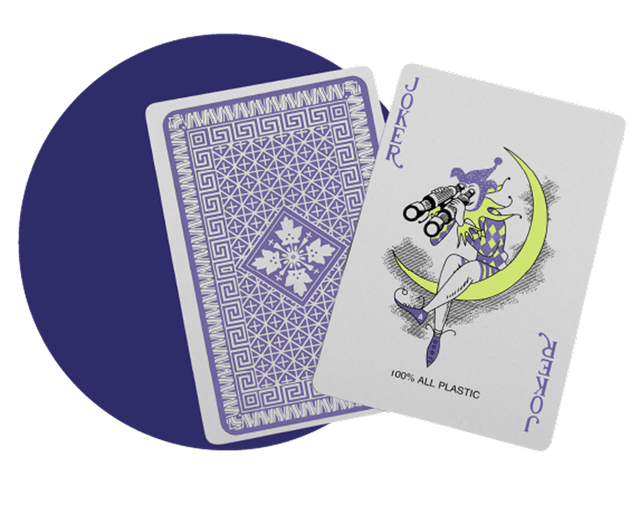
AI and the Retail Marketer’s Future
How AI transforms strategy and processes, driving the adoption of Positionless Marketing
Exclusive Forrester Report on AI in Marketing

Generic campaigns just don’t cut it anymore – especially during peak shopping weeks. Customers expect personalized, timely, and relevant interactions across all channels. To maximize engagement and ROI, brands must move beyond basic segmentation methods and embrace dynamic, behavior-driven customer segmentation that adapts in real-time.
While marketers can deliver personalized experiences that truly resonate with customers, many still rely on broad, batch-and-blast campaigns by default, designed to reach as many customers as possible and drive mass awareness. However, personalization truly moves the needle—delivering the right message to the right target group on the right channel at the right time.
Customers don’t just want promotions—they want to feel recognized. For a brand to earn customer loyalty, it must provide an excellent experience and show customers that they are being seen, understood, and valued. Batch-and-blast campaigns miss this entirely, treating everyone the same and skipping the chance to create meaningful moments.
Brands build trust, loyalty, and long-term value by sending sincere thank-you notes, making timely offers, and communicating a message that resonates. Every action should not be a transaction but rather an interaction that creates a more meaningful relationship between the brand and the customer.
In uncertain times, with rising costs and shifting habits, that emotional connection matters more than ever. By leveraging behavioral data and real-time segmentation, brands can meet customers where they are, offering value, reassurance, and relevance when it matters most. Personalization isn’t just a tactic—it’s a necessity.
Optimove Insights recently conducted two analyses of customer segmentation: Peak shopping week campaigns (Black Friday/Cyber Monday) and in-store versus online shopping. Both reveal a compelling pattern: targeting smaller, more specific audience segments with granular segmentation consistently drives stronger engagement and higher response rates.
A leading retailer sent out Holiday Batch & Blast Campaigns designed to target many customers and prepare them for Black Friday and Cyber Monday shopping sales. Within these campaigns, the ones with smaller, more targeted group sizes tend to see a much higher response rate than those with larger group sizes.
Target group sizes in these campaigns ranged from 776,452 on the low end to 14,398,812 on the high end. A total non-unique number of 138,362,644 customers were targeted.

As shown in the chart above, there was an average 1% increase in response rate when smaller group sizes were used. A one percent uplift from a group of 776,452 customers resulted in approximately 7,765 responses(!) Scale that across multiple segments, and the gains become exponential. Therefore, a high correlation exists between an increase in response rate and smaller group sizes in campaigns.
Optimove Insights also analyzed a leading stationary retailer’s in-store marketing messages compared to its online messaging. In-store marketing messages were shown to large groups of customers at their brick-and-mortar shops, while online marketing messages were sent daily to much smaller group sizes, which raked in much higher response rates than in-store.
In-store campaigns had an average group size of 5,185 and an average response rate of 0.55%. Online campaigns had an average group size of 1,106 customers and an average response rate of 2.27%, further showcasing the correlation between smaller group sizes and higher response rates.
See more detail in the chart below.

Successful customer segmentation means moving beyond static lists to orchestrating thousands of dynamic, real-time, behavior-based micro-segments that evolve with each customer journey—making 1,000 segments not excessive but essential.
To align with the advanced segmentation strategies during peak shopping weeks, marketers must:
To reach customers during peak shopping weeks, retailers must ditch one-size-fits-all campaigns and embrace dynamic, real-time, granular segmentation that evolves with each customer’s journey.
Smaller, behavior-driven customer segments consistently deliver bigger results—empowering retailers to significantly boost engagement and ROI through more relevant, timely messaging.
For more insights on customer segmentation during peak shopping weeks, contact us to request a demo.
Exclusive Forrester Report on AI in Marketing
In this proprietary Forrester report, learn how global marketers use AI and Positionless Marketing to streamline workflows and increase relevance.


Jonathan is a Marketing Data Analyst on the Professional Services team at Optimove. He specializes in uncovering actionable insights by analyzing customer data for retail and gaming clients.
With a strong foundation in marketing analytics, he helps businesses optimize their strategies through data-driven decision-making. Jonathan holds a Bachelor of Science in Management, with concentrations in Marketing and Legal Studies.


